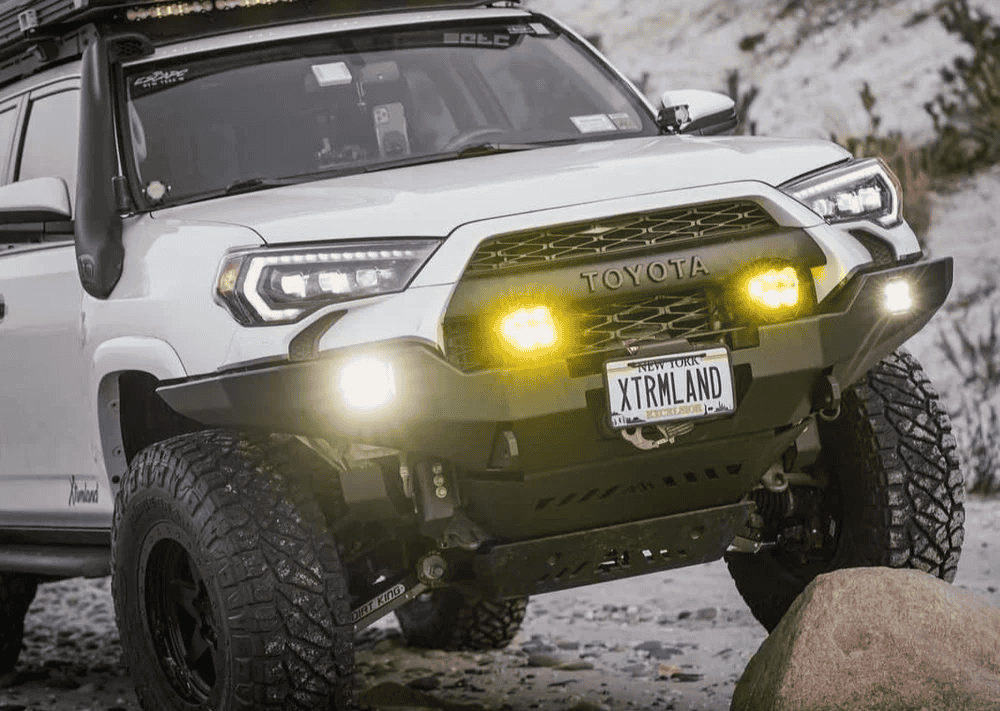Overland Vehicles

A custom aluminum canopy starts with weight to strength math. Aluminum trims pounds compared to steel, helping keep payload and ride quality intact, while still delivering structure for gear and roof accessories. The design must fit the exact bed length, cab configuration, and rail geometry, with allowances for fuel doors, stake pockets, and tailgate clearances. A tight fit improves weather protection, reduces dust ingestion on dirt roads, and prevents wind whistle at highway speeds.
Material choice sets the tone. Common marine grade alloys such as 5052 and 5083 resist corrosion, while 6061 excels in stiffness for frames and racks. Wall thickness varies by panel location: thicker sections at hinge mounts and roof rails, thinner in non load panels to save weight. Joinery matters too. Proper preparation and TIG welds create strong seams, while bonded or riveted panels can control heat distortion and support field serviceability. Add internal stiffeners where hinges, latches, and recovery gear mounts concentrate loads.
Finishing protects the investment. Bare aluminum oxidizes, but quality prep plus powder coat or ceramic coatings keeps the surface clean and resilient. In coastal or winter road salt regions, a conversion coating and sealed edges help prevent creep corrosion. Hardware should match the environment as well, with stainless fasteners isolated from aluminum using appropriate washers or isolators to reduce galvanic action.
Every canopy should start with a load plan. Roof bars and tracks need published dynamic and static ratings, and the frame must spread point loads from tents, boards, or light bars. Inside, the layout should match what you carry: drawers for tools, tall bays for water jugs, and tie down points for recovery gear. Balance the weight side to side to keep handling predictable and avoid premature suspension wear.
Access, security, and sealing go together. Gullwing side doors offer stand up access without climbing into the bed. A framed rear hatch must clear the tailgate and compress seals evenly. Choose compression latches that pull the door tight without flexing thin panels. Dust control is more than door seals. Positive pressure vents help keep fine silt out on dirt roads, while drip rails and gaskets push water away from hinges and seams during storms or washes.
Integrated systems turn a shell into a working platform. Clean wiring for scene lights, work lights, and interior illumination should feed from fused blocks with protected routing through split loom. Shore up accessory power with a dedicated house battery, DC to DC charger, and clear labeling. If refrigeration or compressors are on board, plan airflow and isolation from sleeping quarters. Add mounting plates in known utility zones so equipment can change over time without drilling new holes.
Proper mounting preserves both the bed and the canopy. Use brackets that clamp to rails or bolt into factory points to avoid sheet metal damage. Where drilling is required, corrosion treated holes and closed end rivets prevent water ingress. Bed matting or isolators can reduce noise and protect paint. Verify third brake light visibility and plate illumination, and ensure no obstruction of factory cameras or sensors.
Off road travel adds special stresses. Long washboard runs can shake apart loose fasteners and weak joints. Nylock nuts, thread locker, and periodic torque checks keep everything tight. Hinges should be sized for shock loads and positioned to avoid racking when one corner is flexed on uneven ground. If the canopy will carry a tent, ensure the roof structure ties into multiple frame members and that the truck suspension is rated for the combined load.
Maintenance is straightforward with good design. Rinse dust from seals after trail days, clean and condition rubber, and check drain paths. Inspect powder coat for chips and touch up promptly. Electrical systems benefit from annual checkups to tighten terminals and verify charger settings, especially if battery chemistry changes. Thoughtful planning up front reduces long term attention and helps the canopy stay quiet, dry, and solid for years.
If you prefer a turnkey path, a professional shop can translate your gear list into a canopy that fits, seals, and wires correctly on day one. OZK Customs fabricates overland ready builds with clean power systems, modular storage, and durable finishes, all tested on real miles around the Ozarks and beyond. Explore our Overland rigs, see how we approach a Custom overland upfit, and learn more about our values on Why choose OZK Customs.
From first sketch to install day in Fayetteville, Arkansas, our team focuses on strength where it matters, quiet seals on every door, and wiring that is labeled, fused, and future ready. Tell us what you carry, where you travel, and how you camp, and we will shape an aluminum canopy that feels like it came with the truck yet works far beyond anything off the shelf.
Ready for a canopy that fits your truck, your gear, and your miles ahead? OZK Customs designs and fabricates purpose built solutions with clean wiring, tight sealing, and pro mounting. Meet our team in Fayetteville, Arkansas, explore our fabrication approach, and get a quote that turns your idea into a rig that works day one.
ADDRESS:
6159 E Huntsville Rd, Fayetteville, AR 72701
PHONE:
(479) 326-9200
EMAIL:
info@ozkvans.com